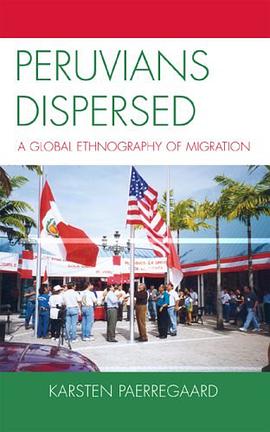

Native to every continent except Antarctica, palms are most closely identified with tropical regions and one species in particular, Cocos nucifera, the coconut palm, is the universally recognized symbol of all things tropical. Yet, many palms can withstand freezing and thus can be grown in mild temperate climates where the average low temperature does not drop below 5-F ( 15-C). In addition, palms thrive in a wide range of habitats from swamps to deserts, rain forests to plains and grasslands. Some prefer full sun, others deep shade. Some are stemless shrubs, others are solitary or clustering trees, and still others are vinelike, but all are evergreen. Given such diversity and versatility, it is surprising that palms are underutilized in landscapes and gardens, even in tropical climes. Several reasons account for this, including misconceptions about the plants' growing requirements and unfamiliarity with their ornamental qualities. This pocket guide remedies both problems. It unlocks the keys to successfully growing 200 of the most common and easily obtainable palm species and hybrids, and it highlights botanical characteristics that are of interest to gardeners and landscapers. Each description includes details of trunk, crownshaft, leaf, flower, and fruit to assist in plant identification and selection. The extensive cultivation notes include details of mature tree size, cold hardiness, and light, soil, and water requirements. Suggestions for using the plants indoors and out will help even novice gardeners know where to start, and succinct information on seed germination will assist anyone who wants to grow their own palms from seed. Illustrated with more than 300 color photographs, this guide is a valuable complement to "An Encyclopedia of Cultivated Palms" and an ideal reference for taking to the nursery or garden center.
具体描述
读后感
评分
评分
评分
评分
用户评价
相关图书
本站所有内容均为互联网搜索引擎提供的公开搜索信息,本站不存储任何数据与内容,任何内容与数据均与本站无关,如有需要请联系相关搜索引擎包括但不限于百度,google,bing,sogou 等
© 2025 book.wenda123.org All Rights Reserved. 图书目录大全 版权所有




















